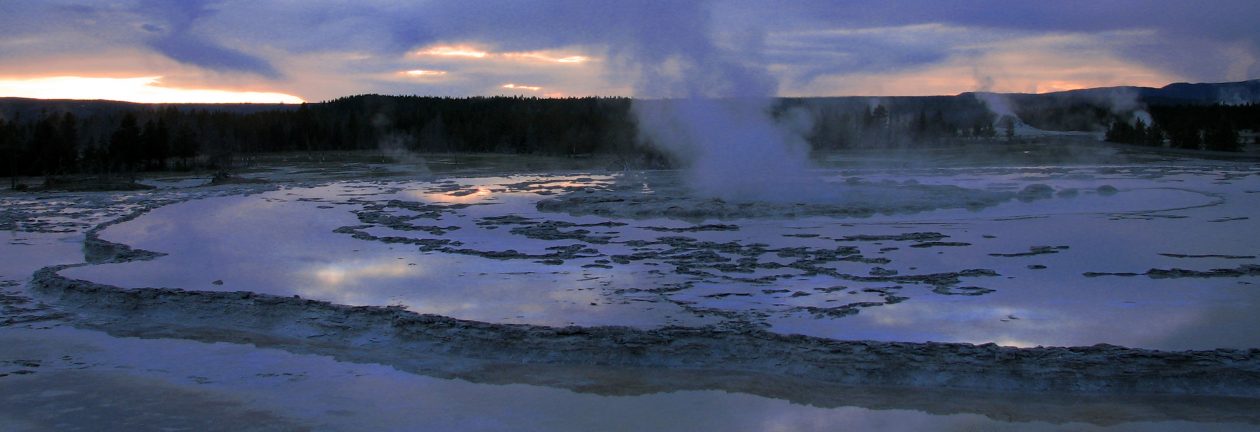Lisbon, Portugal
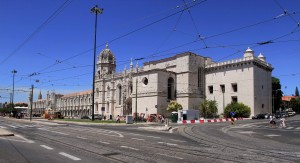
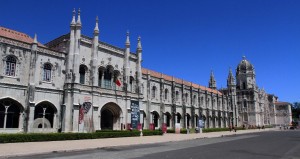
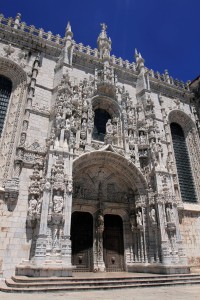
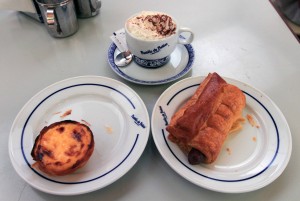
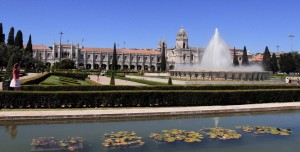
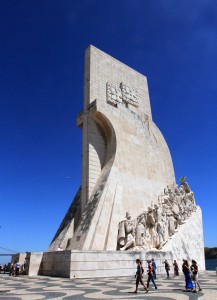
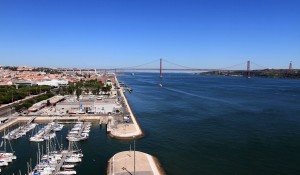
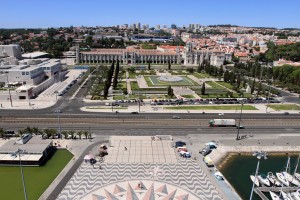
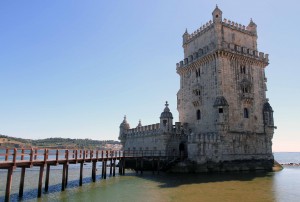
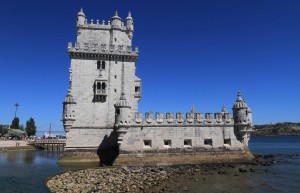
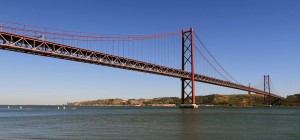
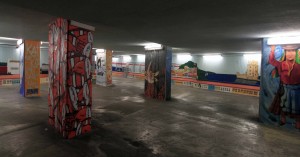
After an exhausting day yesterday, I slept in and did not get out of bed until 11:00. I then showered, dressed, packed my bags, got ready, and checked out of my room by noon. Next, I stored my bags in the luggage room and walked to the Marques de Pombal Metro Station. I then rode the metro trains to the Cais do Sodre Railway Station where I bought a ticket (and a return) to the Belem Station (Belem is a neighborhood located at the edge of Lisbon, near the 25 de Abril Bridge). I took the 13:00 train to Belem and got off upon reaching the station. I then walked to the Jeronimos Monastery (a monastery of the Order of Saint Jerome located near the shore of the parish of Belém; also, it was completed in 1601 AD (100 years after construction had begun) and it is a prominent example of the Portuguese Late Gothic Manueline style of architecture) and admired the beautiful and ornate structure before walking to the other end of the building, where the Maritime Museum is located; unfortunately, the museum was closed today (Monday); so, I walked to a nearby Starbucks and had a lousy Java Chip Frappuccino. After that, I walked to the famous bakery nearby (Pasteis de Belem) and sat down to try Portugal’s signature pastry: Pastel de Belem (which was invented in this bakery). In addition to the Pastel de Belem, I had a puff pastry sausage roll and a cappuccino. I then exited the bakery and walked to the shore of the mouth of the Targus River to see the Monument to the Discoveries, which commemorates Portugal’s historic seafaring role in “discovering” and exploring large chunks of the world – on front of the giant monument is a map on the ground depicting these important “discoveries” (I have to use quotation marks since these lands were only discovered by men from Europe and they were already quite well known and trodden by the indigenous people living there). After reaching the Monument of the Discoveries and taking photographs from the outside, I entered inside, paid for a ticket, and then climbed the steps to the top, where I had a great view of the Jeronimos Monastery, the Targus River, and the 25 de Abril Bridge. I then descended the stairs to the first-floor and had a water and a cup of espresso from the vending machines in the lounge area. After finishing my drinks, I exited the monument and walked westward to the Belem Tower (a fortified tower that was built in the early sixteenth-century AD and constructed in the Manueline style), located a short distance from the shore. Unfortunately (it being Monday), the tower was closed; so I had to content myself with just viewing the outside. Next, I walked eastward to the 25 de Abril Bridge (which was built in 1966 AD by the American Bridge Company) to get a closer view of this Golden Gate wannabe. I passed several fishermen and many fishing poles set up on the edge of the waterfront as I neared the large-spanned structure. I also got a better glimpse of the Christo Rei Shrine located on the opposite shore; this shrine has a large Christ the Redeemer statue on top, modeled after the one in Rio de Janeiro. After taking some of photographs of the bridge at this nearer location, I then crossed the road along the shore and I walked to the Alcantara-Mar Railway Station, where I took the 17:33 train back to the Cais do Sodre Station. From there I took the metro train to the Avenida Station. I then walked north along Avenida da Liberdade looking for a place to eat. While looking, I stopped at a supermarket and bought a much needed Powerade and a bottle of lemonade. I then passed by the hostel and walked on until I stopped at a burger joint. I then had a beer, tortilla chips and a spicy sauce, French fries, spinach cooked with garlic, and a burger that was dripping and soaking in “Portuguese sauce.” After dinner, I walked back to the hostel and relaxed for an hour before departing the hostel with my bags (at 20:36) and walking to the Marques de Pombal Metro Station. From there, I rode the metro trains to the Lisbon-Oriente Railway Station. Upon arriving at the station (at 21:20), I walked to the adjacent bus station, checked in at the travel agency desk, and then waited for the bus to arrive. The bus came at 21:40, I loaded my bags in to the luggage compartment, and then found a seat on board. Once all the passengers were aboard, the bus departed (at 21:50) and we drove east toward Seville, Spain. Now my objective was to fall asleep and ride out most of the journey in slumber (not an easy task on a bus, especially one with many mentally defective passengers).
Naturally, sleep proved to be elusive, so I read more of Wingate’s biography. At 12:23 we made a rest stop and I bought two Powerades (one for now to quench my thirst and the other for later, as needed). At 01:02, the bus continued onward. Sometime after 02:00, I fell asleep. Note: All the times listed for this entry were in Portugal’s time zone – I am not certain when the bus crossed over and in to Spain, which is a hour different (this means an hour lost for me and my sleep).
